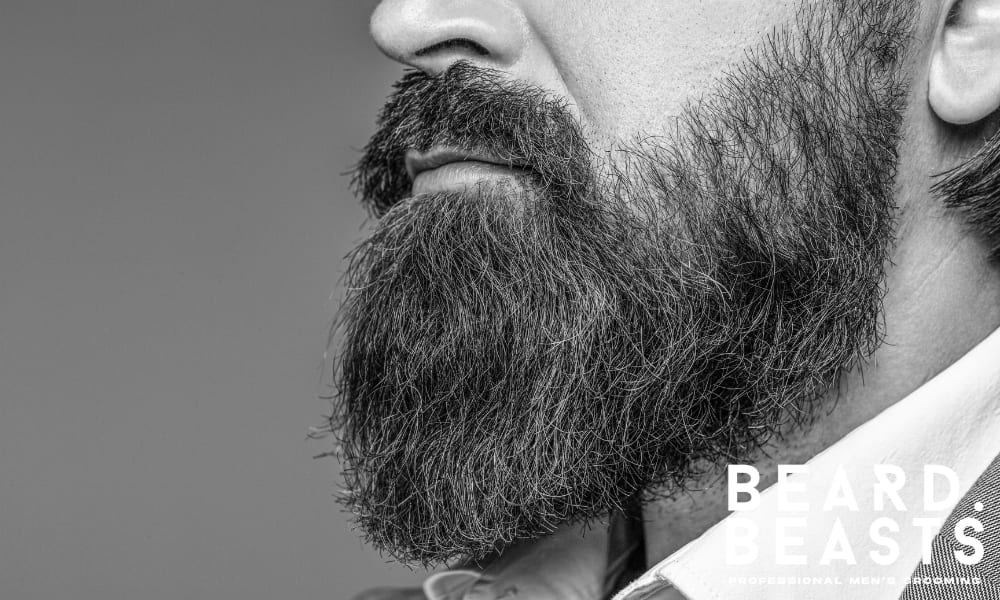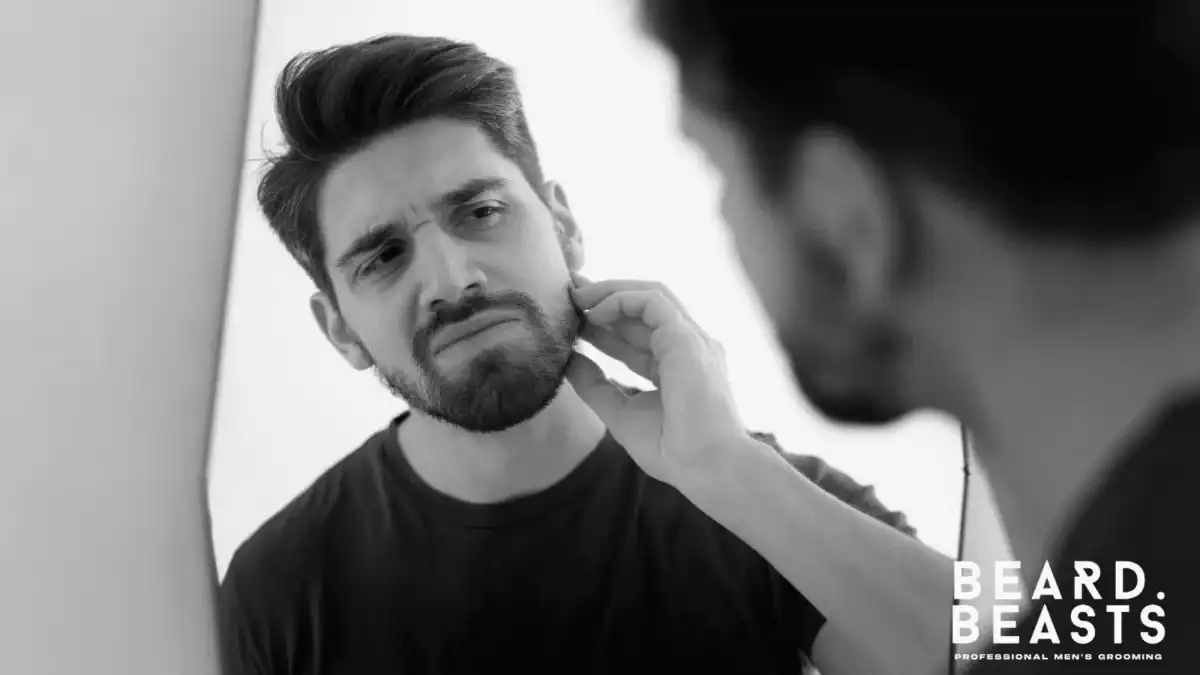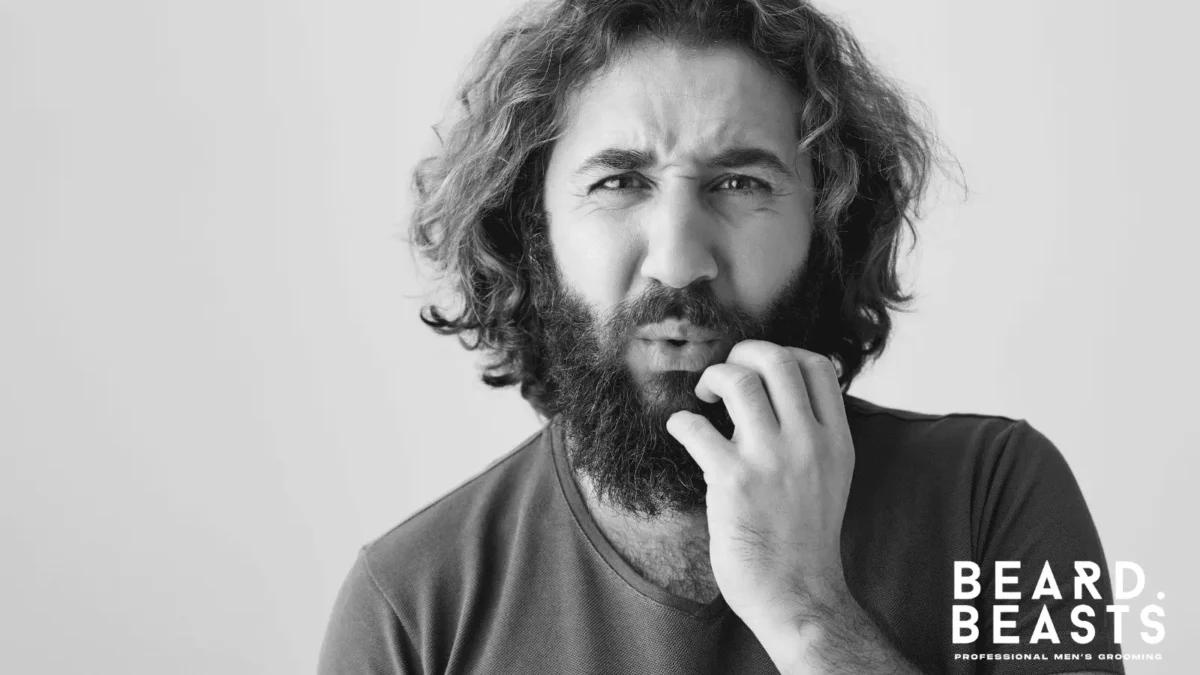Beard grooming mistakes are still holding men back in 2025—and most don’t even realize it. A strong beard isn’t just about growth—it’s about knowing how to maintain it with precision and consistency.
From over-washing to cutting corners with poor tools, the difference between a sharp beard and a sloppy one is all in the details. Fortunately, most of these missteps are easy to correct with the right habits and products.
This guide breaks down the most common beard grooming mistakes—and shows you exactly how to fix them.
Skipping Beard Washes

Neglecting to wash your beard is one of the most persistent beard grooming mistakes. And no, a quick rinse under the shower doesn’t count.
Throughout the day, your beard collects oil, sweat, skin cells, and debris—things that lead to beard itch, flakes, and a dull, unclean appearance. Worse, many men still reach for harsh soaps or body washes that strip natural oils and compromise beard health.
The fix: Use a dedicated beard wash two to three times a week. It’s formulated to clean gently, support the skin beneath, and preserve the integrity of your facial hair. More frequent washing may be necessary after workouts or in dusty environments.
Overwashing and Drying It Out
On the opposite end, over-washing your beard is another common grooming error—usually made in the pursuit of feeling “extra clean.”
Washing your beard daily or with the wrong product removes the natural sebum oils that keep your beard soft and manageable. The result? Dry, wiry hair and irritation beneath the surface.
The fix: Limit washing to a few times per week. Afterward, apply beard oil while the beard is still slightly damp to replenish lost moisture and keep the hair supple. On non-wash days, rinse with water and brush through to maintain freshness.
Trimming Without a Plan
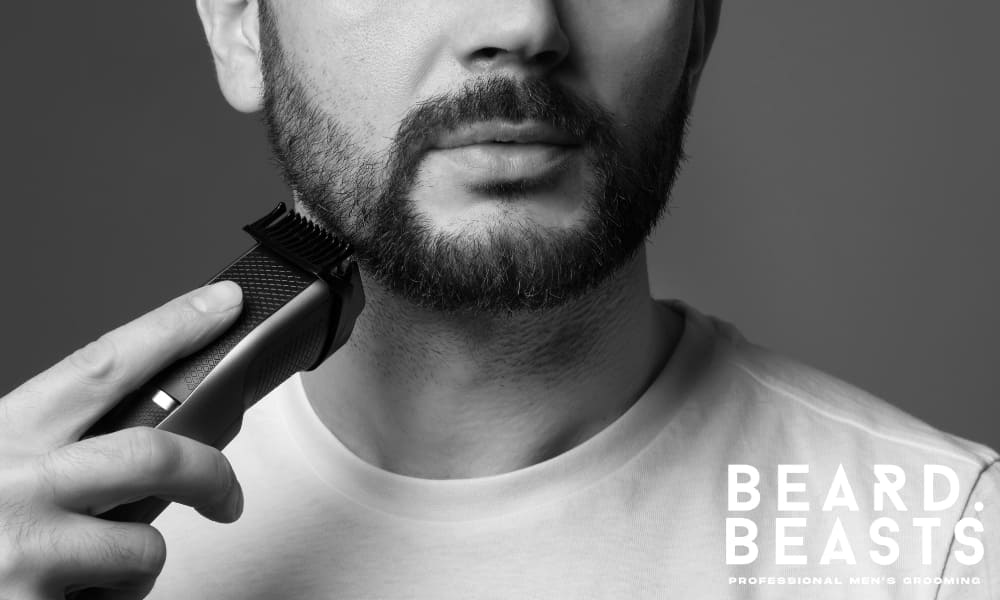
Random trimming—especially without a proper mirror setup—is a mistake that turns a promising beard into a patchy, unbalanced mess.
Your neckline, in particular, is easy to mishandle. Trim too high, and you lose fullness. Trim too low, and your beard looks untidy and sagging.
The fix: Define your neckline two fingers above the Adam’s apple and trim everything below. Use a mirror that allows full visibility of the jaw and neck—never guess. Symmetry and structure come from clear lines, not improvisation.
Ignoring Beard Oil
Treating beard oil as optional is one of the most avoidable beard grooming mistakes. It’s not a luxury—it’s foundational.
Without it, the hair becomes coarse, the skin underneath dries out, and irritation follows. No matter how thick or long your beard is, it needs daily hydration to stay healthy, soft, and well-conditioned.
The fix: Apply beard oil daily after your shower while the beard is slightly damp. Use a few drops, work it through from root to tip, and use a beard comb to distribute it evenly. It takes less than a minute—and changes everything about how your beard feels and looks.
Using Hair Products on Your Beard
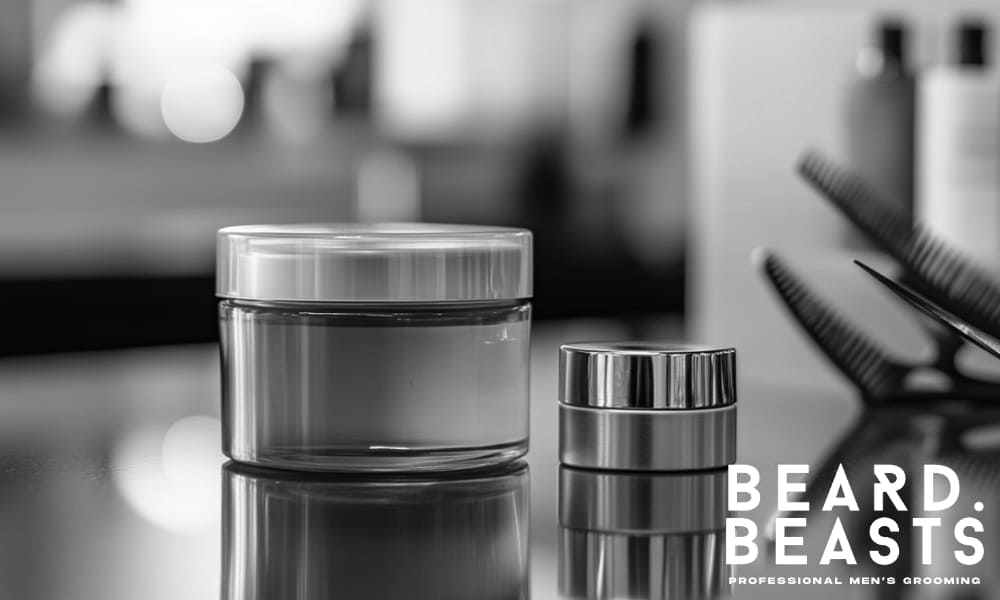
Beard and scalp hair are not the same. Yet many men still apply hair gels, mousses, or creams to their beards—clogging pores, causing breakouts, and leaving their beards stiff or greasy.
This is more than just a texture issue—it’s a skincare problem in disguise.
The fix: Only use products formulated for facial hair. Stick to beard oil for moisture, balm for control, and beard butter for deeper conditioning. These absorb cleanly, nourish properly, and won’t leave a residue that irritates your skin.
Cutting It Wet
Trimming your beard while it’s wet is a precision mistake. Wet hair stretches and lays flatter than it does dry, which leads to one thing: uneven lines the moment it dries and bounces back.
That’s how beards end up with dips, patches, or shapes that don’t match your intention.
The fix: Always trim your beard when it’s dry and combed into its natural shape. What you see is what you cut—and what others see when you walk out the door.
Forcing a Shape That Doesn’t Fit

Your beard has a growth pattern. Ignoring it and trying to force symmetry where it doesn’t belong is one of the most common beard grooming mistakes men still make.
Shaping against the grain often leads to patchy areas, awkward lines, and a beard that doesn’t sit naturally on your face.
The fix: Work with what you have. Let dense areas fill in and trim around them for balance. Focus on structure, not perfection. A well-shaped beard flatters your face—it doesn’t fight it.
Neglecting the Mustache
Too many guys treat the mustache like a sidekick. But if it’s overgrown, uneven, or disappearing into your upper lip, it pulls your entire beard down with it.
Your mustache frames your face—it’s part of the main act. Leave it unchecked, and it turns messy fast. Trim just above the lip line using beard scissors for precision. Comb it down first, then snip the overhang and taper the edges if needed.
Want your beard to look intentional? Start with the part people see first.
Leaving Cheeks Untouched

Guys either do too much or nothing at all. Some over-shape their cheeks into unnatural curves. Others let strays roam free like it’s a no-trim zone.
Either way? The beard loses its structure.
Here’s the move: follow your natural growth pattern, keep the cheek line high, and clean up only the stragglers above it. Don’t hack it down to the jaw just because you saw it on a fade tutorial. Respect the shape your beard wants to grow into—and refine it, don’t fight it.
Cheeks frame the whole beard. Treat them like it matters.
Skipping a Routine Altogether
This is the silent killer of beards everywhere: no structure, no care, just vibes.
You can’t expect a beard to look intentional if your routine is nonexistent. Dry skin, random strays, uneven growth—it all stems from neglect. Beards don’t fix themselves. If you’re winging it every day, don’t be surprised when it looks like a mess.
Great beards aren’t luck—they’re maintenance. Set the bar:
Daily – Brush and oil to hydrate, shape, and soften.
Every few days – Spot-check for wild hairs and correct the lines.
Weekly – Wash, condition, and clean the edges.
Monthly – Trim for structure and reset the shape.
If you’re not grooming it, you’re just watching it unravel.
Grooming Habits That Elevate Your Beard Game
If you’re done making rookie mistakes, it’s time to upgrade the way you care for your beard. These are the small moves that make a big difference—refining not just the look, but the quality and longevity of your beard.
Brush with Purpose – Use a boar bristle brush each morning to train your beard’s growth pattern, redistribute natural oils, and eliminate overnight tangles. It’s the first step to a neater, fuller look.
Warm It Up – Heat-activate beard oil by rubbing it between your palms before applying. This helps it absorb deeper and condition faster.
Comb After Oiling – Once the oil is in, comb through to coat every strand and separate the hairs. This gives your beard a cleaner silhouette.
Trim with Control – Use beard scissors—especially on the mustache. They offer better precision than clippers and help maintain a sharp line above your lip without overdoing it.
Upgrade Your Towel – A microfiber towel is gentler on coarse facial hair. It prevents frizz, reduces breakage, and speeds up drying without roughing up the cuticle.
Shape with Balm, Not Gel – If your beard resists staying in place, reach for beard balm. It adds light hold and control without stiffness or shine.
Clean Your Tools – Wipe down and oil your trimmer blades regularly. Dull or dirty blades tug, split hairs, and wreck your lines.
Brush at Night – Before bed, a quick brush removes buildup, realigns your shape, and prevents matting overnight.
Keep Your Hands Off – Constant touching transfers grime and oil from your fingers to your beard. It throws off your grooming game and invites breakouts.
Every one of these habits reinforces control, sharpness, and care. Want your beard to look like it belongs on the cover of a grooming campaign? Start here.
Final Thoughts: Fix the Mistakes, Elevate the Beard
Beard grooming mistakes don’t always shout—they creep in quietly. A sloppy trim here, a skipped oil there, a neckline guessed instead of defined. Over time, they strip your beard of structure, presence, and polish.
But the good news? Every one of them is fixable.
Start with consistency. Build a routine that suits your lifestyle, not someone else’s highlight reel. Use the right tools, respect your beard’s natural shape, and make small, steady adjustments.
Because the difference between a beard that just grows and one that leads with confidence isn’t genetics—it’s intention. Clean up the mistakes, own the process, and let your beard do the talking.

